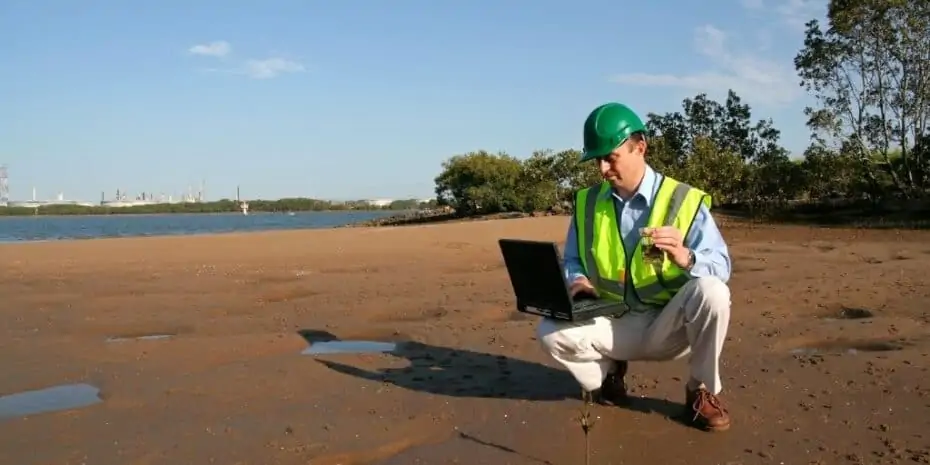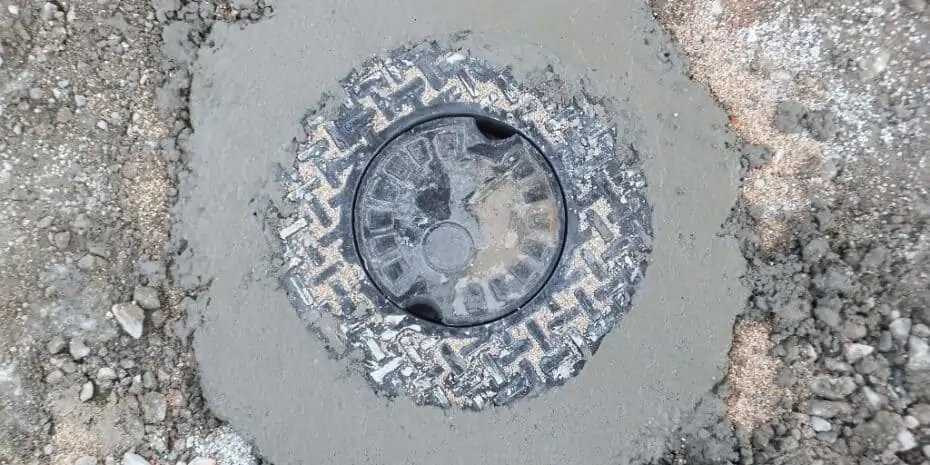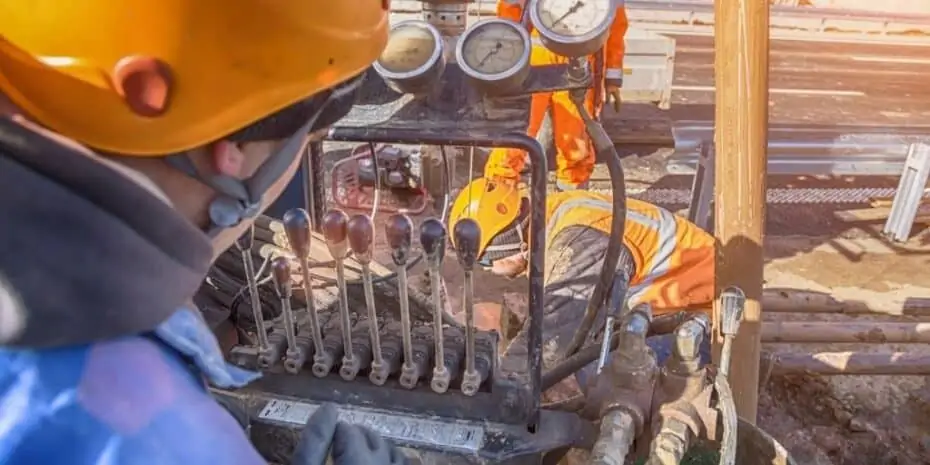What Is a Phase I ESA (Environmental Site Assessment)?
What Is a Phase I ESA?
A Phase I ESA is typically the first step in determining whether the soil or groundwater has been contaminated by the current or historical uses of a property. This type of assessment is most commonly done in connection with commercial real estate transactions in the United States as a means of protecting the property owner and their lender from liability.
The assessment is performed by a licensed environmental professional and the report is prepared in accordance with the American Society for Testing and Materials (ASTM) standard. ASTM standards are developed and maintained by various technical committees, grouped by designation according to related activities within a particular scope of work[1].
When an environmental firm prepares a Phase I ESA and follows the ASTM standard, the user of the report can fulfill their All Appropriate Inquiry (AAI) obligations and protect themselves from liability that may arise from contamination that existed on a property prior to the property transaction[2].
To prepare the report, the environmental professional will conduct a physical site inspection and will review several databases, federal and state records, historical aerial photographs, city directories and other inquires as needed in order to properly evaluate the subject property.
The objective of a Phase I ESA is to uncover any potential for the presence of recognized environmental conditions (RECs) at the subject property.
Key Components of a Phase I ESA
In following the ASTM standards, every Phase I Environmental Report is conducted by reviewing the following information.
Records Review
When preparing a Phase I ESA, the environmental professional will request and review historical records from several sources to determine what the past and present uses of the property (and the adjacent properties) were.
Some of the common records that an environmental firm will review are from the following sources:
- Assessor Records
- Historical City Directories
- Historical Topographic Maps
- Aerial Photographs
- Local Fire Department
- Local Utility Companies
- Previous Environmental Reports
- Fire Insurance Maps
- Historical Use Information on the Property
The objective behind reviewing these records is to ascertain whether any of the past or current uses were likely to have resulted in releases of contaminants on the subject property.
Site Reconnaissance
Another critical component of a Phase I ESA is for the environmental professional to visit the property and do a physical site inspection. This is necessary for the purpose of making observations relative to the possible presence of environmental contamination on the subject property and the nearby vicinity.
In some cases, an on-site inspection will reveal evidence of environmental concerns that simply are not observable when looking only at historical records. During the site visit, the environmental professional will carefully document what they see on the property and whether any of their observations point to the presence of recognized environmental concerns.
Interviews
The environmental professional will conduct interviews with the current owner, any property managers or occupants of the property, along with local government officials, and any other relevant parties who may have pertinent knowledge or details regarding the uses of the property. If the Phase I ESA is being prepared for a new buyer of the property, they may also be interviewed as part of the environmental due diligence.
Report the Findings and Conclusions
Once all the information has been gathered and reviewed, the environmental professional will report their findings and conclusions about the subject property, and whether the past or current uses of the property or adjacent properties point to any apparent evidence of recognized environmental conditions (RECs).
What is a Recognized Environmental Condition (REC)?
According to ASTM, a recognized environmental condition is defined as,
“the presence or likely presence of any hazardous substances or petroleum products in, on, or at a property: (1) due to any release to the environment; (2) under conditions indicative of a release to the environment; or (3) under conditions that pose a material threat of a future release to the environment.”
On-Site Recognized Environmental Conditions (RECs)
A recognized environmental condition is a historical or existing occurrence of a hazardous substance on a property, that either indicates there has been a release of a hazardous substance (gas, oil, harmful chemicals, etc) into the environment which exposes a threat to the environment or is actively is polluting the environment [3].
Some common examples of RECs would be the unexplained or suspicious presence of pipes sticking out of the ground, empty barrels, piles of dirt, the obvious presence of a hazardous substance on the ground, among other things.
Controlled Recognized Environmental Conditions (CRECs)
A Controlled REC is a term used when there have been releases of contamination in the past that have been addressed, however the contamination is still present. As such, the property owner is required to abide by certain activity use limitations (AULs) such as institutional or engineering controls to avoid disturbing the contaminated area and placing an impermeable barrier over the contaminated area[4].
An example of a CREC would be when contamination is found from an old manufacturing facility, and rather than requiring the excavation and replacement of all the contaminated soil, the local regulatory body allows the owner to leave the contamination in place if they pave an asphalt parking and prohibit any disturbance to the soil.
Historical Recognized Environmental Conditions (HRECs)
A Historical REC is when contamination was previously identified on the property, and the required remediation and cleanup has been completed to the satisfaction of the relevant regulatory oversight agency (usually either a state environmental agency or the Federal USEPA)[5].
An example of an HREC would be the release of contaminants from a Leaking Underground Storage Tank (LUST) that was identified by a previous environmental firm and cleaned or controlled to the satisfaction of the state or federal oversight agency.
Business Environmental Risks (BERs)
Even if there are no RECs, CRECs, or HRECs uncovered on the property, there are other environmental concerns that could exist beyond the scope of the ASTM standards. These non-scope items are referred to as Business Environmental Risk (“BER”) defined under the ASTM standard as,
“a risk which can have a material environmental impact on the business associated with the current or planned use of [a property].”
BERs include the presence of issues like;
- Asbestos
- Lead-based paint
- Radon
- Mold
- Wetlands
- OSHA issues
- Regulatory compliance issues
- Endangered species
- Cultural or Archaeological issues
While these are not technically considered RECs, they can impact the owner of the property and the permitted uses of the property. As such, it may be advisable for an environmental report to identify and mention these issues as well[6].
What Happens When RECs Are Found?
If on-site recognized environmental conditions are identified, and if the environmental professionals are unable to conclude that the conditions are not likely to have impacted the subject property, the next step would be to conduct a Phase II ESA.
The objective of a Phase II ESA is to confirm or deny whether there is any presence of contamination in the soil. This type of assessment goes beyond the scope of a Phase I ESA by sending geologists and engineers to the property to drill into the ground and collect soil samples for testing[7].
By testing the soil in specific places throughout the property, the environmental professionals can determine whether there is a presence of hazardous substances in the soil of the subject property.
Takeaways
A Phase I ESA is an investigation performed by a licensed environmental professional to determine the presence or absence of recognized environmental conditions (RECs) as a result of the past or present uses of the subject property and adjacent properties.
When a Phase I ESA is prepared in accordance with the ASTM standards, the user of the report can fulfill their All Appropriate Inquiry (AAI) obligation and protect themselves from potential liability from contamination that existed on a property prior to their acquisition of the property.
Sources
- ASTM International. (n.d.) Technical Committees. Retrieved from https://www.astm.org/COMMIT/newcommit.html
- Partner ESI. (n.d.) All Appropriate Inquiry – AAI. Glossary. Retrieved from https://www.partneresi.com/resources/glossary/all-appropriate-inquiry-aai
- Geo Forward. (n.d.) What is a Recognized Environmental Condition (REC)? Retrieved from https://www.geoforward.com/recognized-environmental-condition-rec/
- EDR Lightbox. (2016.) GUIDANCE ON ASTM’S REC-HREC-CREC DEFINITIONS. Retrieved from https://edrnet.com/guide-rec-definitions/
- Resource Management Associates. (n.d.) What are RECs in a Phase I Environmental Site Assessment? Retrieved from https://www.rmagreen.com/what-are-recognized-environmental-conditions-recs-in-phase-i-environmental-site-assessments
- Olson, J., Morady, I. (2014.) Environmental due diligence: what is a REC? Seyfarth Shaw LLP. Retrieved from https://www.lexology.com/library/detail.aspx?g=9249ee76-08d8-4343-9afe-11eeb21285a0
- Macwilliams, K. (2018.) EVALUATION AND TESTING OF POTENTIAL SITE IMPACTS. Partner ESI. Retrieved from https://www.partneresi.com/resources/blog/what-is-a-phase-ii-environmental-site-assessment









